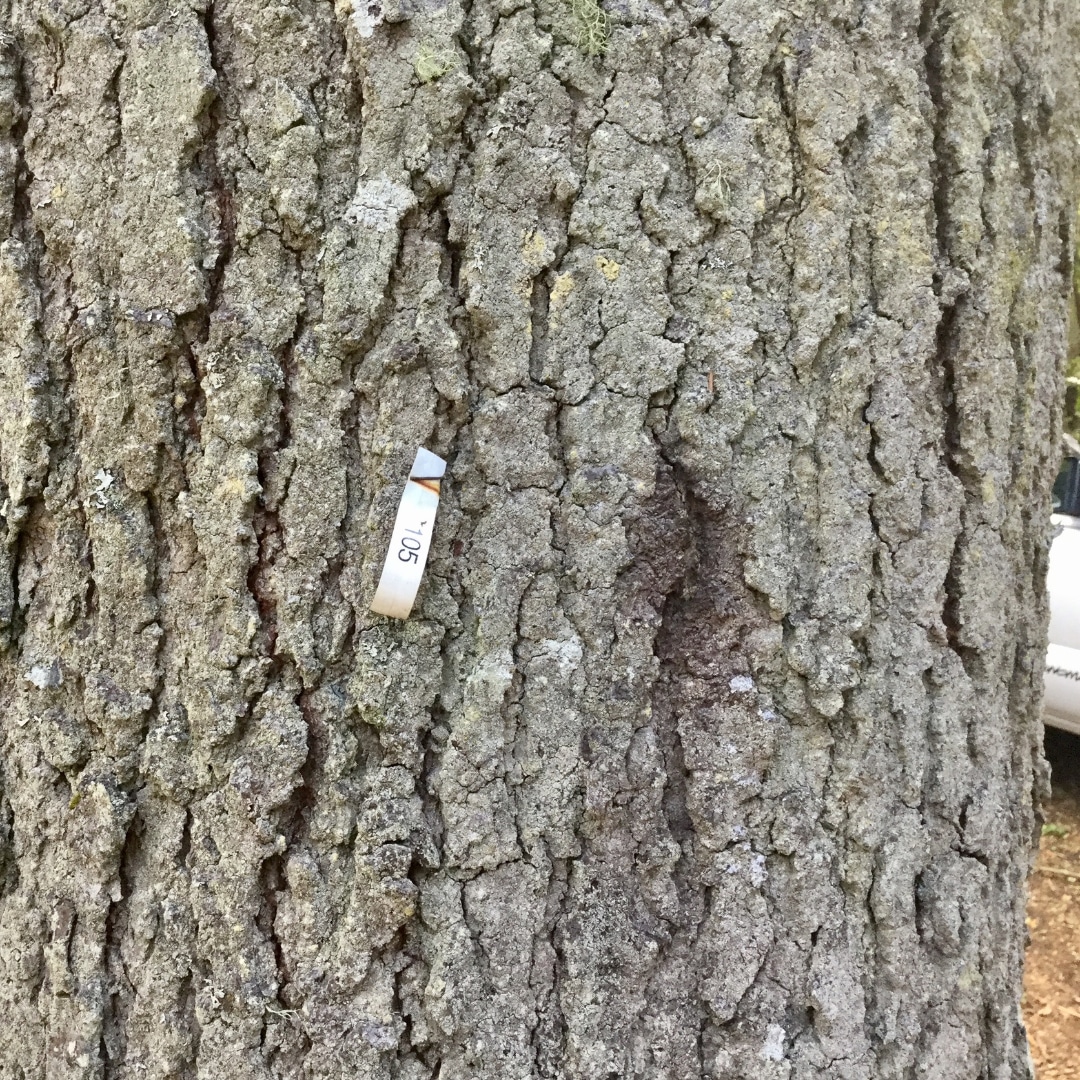Grand Fir Abies grandis
Grand Fir trees can be most commonly found within mid-elevation forests throughout the eastern coast of the Pacific Northwest, from the coastal lowlands of northern California up into Canada, and can also be found as far West as Idaho and Montana. They are often found standing out in woodland pastures as solitary trees with limbs nearly to the ground with flat branches curving downward under the weight of aging.
The change of logging and forest fire maintenance throughout history has caused Grand firs to decrease in age of mortality. They once were able to grow and live to be 200 years in and and more, but due to the competition of other trees, and suffering the desctruction caused by fungi and insects such as the Western Spruce budworm (Chroristoneura occidentalis) they more commonly grow to only be around 100 years in age.
Rot and fungus used to enter Grand Fir trees through scars caused by low intensity fires, but today the trees are often infected through scrapes caused by falling trees or through the stubs from dead branches. Unlike pine trees, Grand Firs do not excrete pitch to cover its wounds, nor do they have decay-inhibiting properties.
The most notable fungus that infect rotting Grand Firs is the Indian Paint Fungus (Echinodotium tinctorium), which is identified by the presence of ‘conks.’ These conks appear as brackets of hoof-shaped growths along the trunk, high above the ground. Beneath the grey, toothed surface of the Indian Paint Fungus, they have a rusty red interior that was used by native americans as pigment, which is why it was named so.
Cones
Both male and female cones exist on each individual tree.
(Female)
- Green to reddish
- 4 inches long
- Scales are smooth
- Grow on upper branches
- Grow upright above needles, until the weight of them causes the branches to bend
(Male)
- Red
- Smaller than female cones
- Grow beneath needles
- 1.5 – 2.25 inches long
- Flat and blunt
- Shiny dark green top
- Whitish underside
- Grow in rows opposite each other

- Up to 2 inches thick
- Furrowed
- Divided into narrow, flat plates
- Gray to reddish brown
- Purple when sliced
